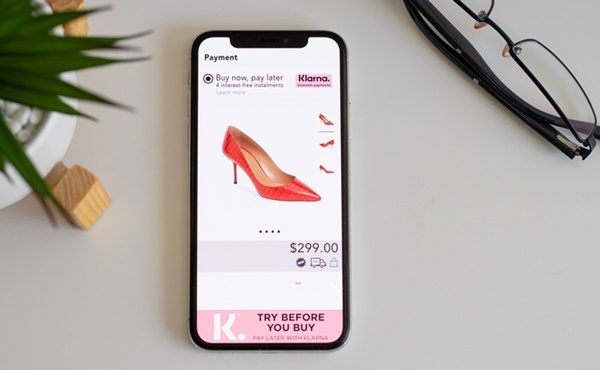The number of Australians using Buy Now, Pay Later (BNPL) products such as Afterpay or Zip Pay has more than doubled in the past year, according to new insights on global payment trends from FIS, a global leader in financial technology.
New data from the Worldpay from FIS 2020 Global Payments Report shows that nearly two million Aussies, or almost one in 10, used a BNPL product in 2019.
BNPL payments represented eight percent of all ecommerce payments in the country in 2019 compared to three per cent in 2018, an increase of more than 166 per cent. BNPL payment services allow consumers to delay payment or pay by instalments (often fortnightly) over a period.
“With their unrivalled convenience, BNPL products have emerged as an attractive option for consumers seeking an alternative to traditional credit cards and have surged in popularity over the past year, according to our 2020 Global Payments Report,” says Phil Pomford, general manager for global ecommerce, APAC, Worldpay Merchant Solutions, FIS.
The report also reveals that online use of digital and mobile wallets such as Apple Pay, Google Pay, and PayPal rose sharply in popularity, with nearly one quarter (22 per cent) of Australians using one of these methods to pay for goods online in 2019, up by four percentage points over 2018.
Meanwhile, at the point of sale in Australia, digital and mobile wallet payment use has trebled from two per cent of all transactions in 2018 to six per cent in 2019. However, cash and card (debit and credit) are still king, accounting for 87 per cent of payments made at physical checkouts in the country in 2019.
Overall, Australia’s ecommerce market is forecasted to expand by more than 40 per cent to more than US$47 billion by 2023. Point-of-sale transactions in the country are expected to grow by over 21 per cent, to be worth US$756 billion by 2023.
“As advances in technology continue to influence consumer preferences across the region, Australian retailers and merchants need to ensure they are offering the right mix of payment methods to meet expectations.
“Our data shows that to be competitive, retailers should be exploring new and emerging payment products such as BNPL and mobile and digital wallets to stay relevant in the marketplace,” Pomford concludes.
Across the region
Within the Asia-Pacific region as a whole, the new report shows that digital and mobile wallets now account for 58 per cent of regional ecommerce transactions, with that figure expected to swell to nearly 70 per cent of payment transactions by 2023. Usage of digital and mobile wallets at the point-of-sale across the Asia-Pacific region now surpasses cash, rising to 36 per cent of offline transactions in 2019 from 27 per cent in 2018.
China continues to lead the Asia-Pacific region in the use of mobile and digital wallets, accounting for 71 percent of ecommerce transactions and 48 per cent of transactions at the point-of-sale―more than double the rate of cash. Elsewhere in Asia, credit and debit cards lead the way in the more mature economies of Japan, Singapore, and South Korea, while and cash remains king in developing economies such as the Philippines.
Around the world
Globally, the new Worldpay report shows that digital and mobile payments are the most preferred form of payment methods, accounting for 41.8 per cent of overall transactions in 2019.
Cash and debit cards continue to be most preferred for point-of-sale purchases globally, accounting for 30.2 per cent and 24.3 per cent of transactions in 2019. By 2023, digital and mobile wallets are expected to grow to 29.6 per cent of overall transactions across the world, with cash and debit card use falling to 18.7 per cent and 26.3 per cent of transactions, respectively.







